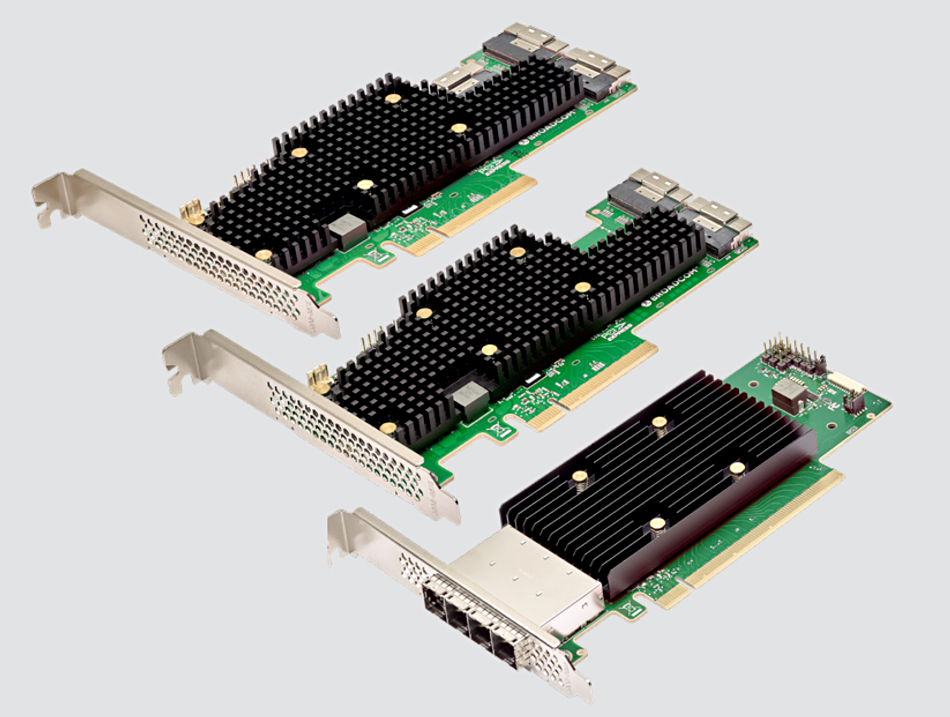Fibre Channel – a lossless storage networking protocol and cabling technology for linking SANs and accessing devices. Fibre Channel is a derivation of ESCON for open systems, widely used today for external storage arrays and internally in some legacy platforms for connecting drives. Servers and storage arrays connect to a Fibre Channel network using Host Bus Adapters (HBAs). The network can use switches to agglomerate traffic and very large switches, called Directors, to agglomerate it further. It comes in generations with each being faster than the preceding generation;
- Gen 1 – 1Gbps
- Gen 2 – 2 Gbps
- Gen 3 – 4 Gbps
- Gen 4 – 8 Gbps
- Gen 5 – 16 Gbps
- Gen 6 – 32 Gbps
- Gen 7 – 64 Gbps
- Gen 8 – 128Gbps – roadmap item.


The latest generation of Fibre Channel (128GFC) has a rate of 112.2Gbps (PAM4) for a single lane variant. This speed is 5.6% faster than 100Gb Ethernet single lane variants. Fibre Channel was able to increase the speed while still maintaining two generations of backward compatibility. Previous generation SFP optical modules (32GFC and 64GFC) will be able to plug into the latest generation of Fibre Channel 128GFC products, and 128GFC products will be able to seamlessly interoperate with previous generations of Fibre Channel products.
128GFC products will support existing infrastructure of fiber cables for multi-mode variants and single mode variants. 128GFC is also able to support the previous reach of 100 meters of OM4 without sacrificing performance in link quality or increasing errors (BER).


